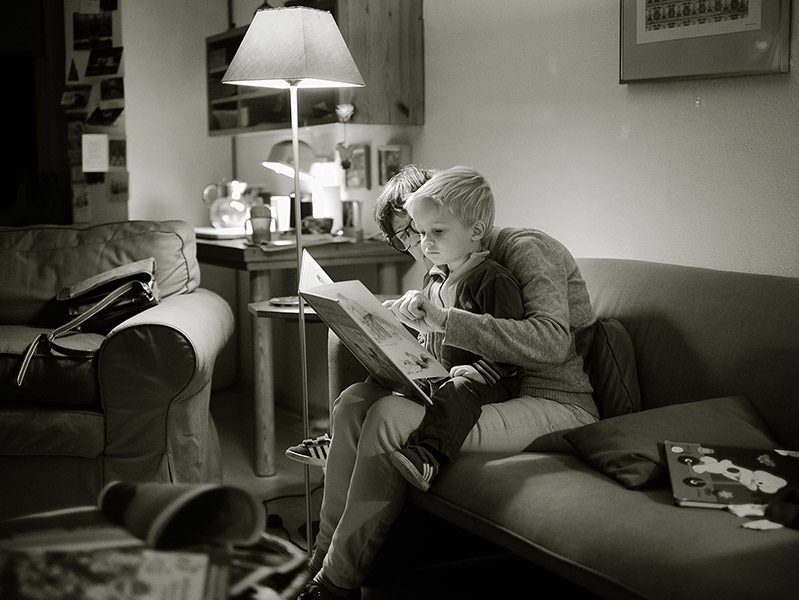Why Occupational Therapy?
Occupational therapy (O.T.) is concerned with a child’s ability to participate in daily life activities or “occupations.” We support and promote the development and engagement of infants/toddlers and their families to participate in the everyday routines of play, rest and sleep, activities of daily living such as toileting, self-feeding, and dressing, and social participation. Occupational therapists use their unique expertise to help children with social–emotional, physical, cognitive, communication, and/or adaptive behavior challenges prepare for and perform important learning and developmental activities.
Occupational therapy is an important service for young children with a variety of conditions, including
- premature birth,
- low-birth weight,
- congenital anomalies,
- neurological disorders,
- sensory processing difficulties,
- challenging behavior,
- neuromuscular disease,
- prenatal drug exposure,
- and autism spectrum disorders.
Services address feeding skills, sensory integration, motor development, environmental exploration, play skills, adaptive behavior, and interactions between the child and others (including caregivers and peers).
O.T. in early intervention
In early intervention, occupational therapists support the family or caregiver’s capacity to care for the child. In an early intervention context, occupational therapy centers on the family, and the occupational therapy practitioner is there to support the family. This is different from occupational therapy provided in a clinic, school, or other setting.
O.T. in the home
What occupational therapists actually do in the early intervention setting depends on the goals the family has created based on family priorities and the information gathered during the multi-disciplinary evaluation. The therapist identifies strategies the parent/caregiver can use throughout the day to reinforce a skill or enable new learning. For example, parents may identify a concern with their child’s inability to finger feed. The occupational therapist would work with the family to identify times during the day that the child could work on isolating her index finger to grasp small things. Together, the family and therapist might develop strategies such as adapting meal times with larger bits of food for easier grasping, pointing to pictures during the bedtime story routine, and including toys that require the child to point and poke during play time. The therapist would coach the family to help them master the techniques and would monitor progress to modify the activities based on child progress.
This month’s Early Learning newsletter is written by staff in our Early Learning program.




